The quiet dangers waiting right outside your door.
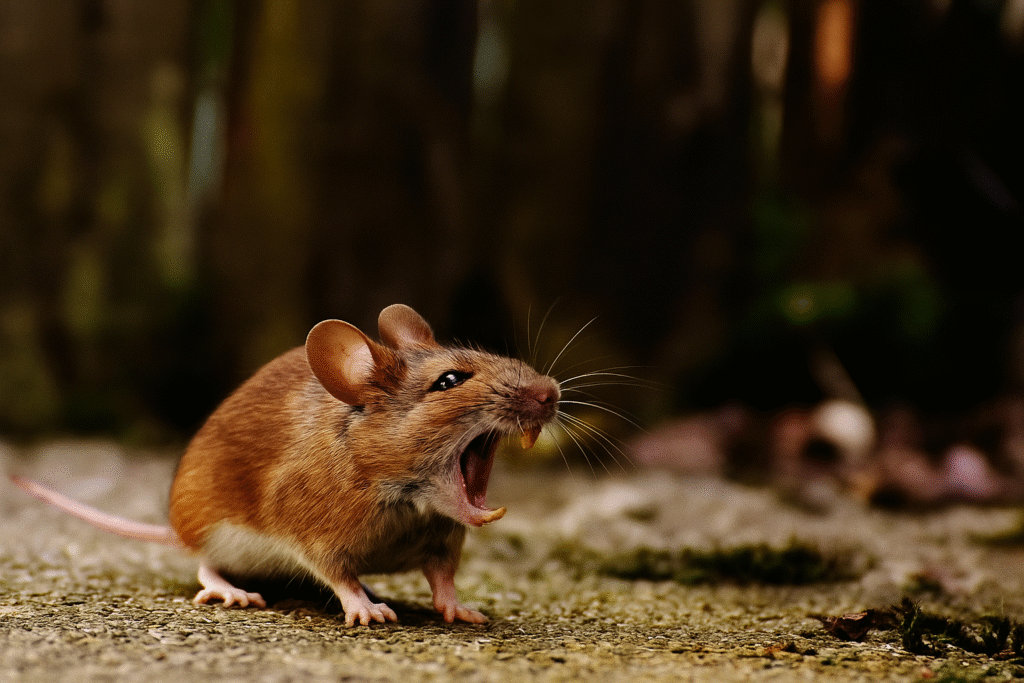
Every backyard, no matter how tidy or green, hides a living ecosystem beneath the surface. Some of it is harmless. Some of it can actually send you—or your pets—to the ER. While most people worry about snakes or spiders, it’s often the small, everyday pests that carry the biggest risks.
New data from entomologists and public health agencies show how climate change and suburban expansion are pushing more disease-carrying species closer to home. The line between “nature” and “yard” is thinner than ever—and knowing what’s crawling around can be a matter of health, not curiosity.
1. Mosquitoes quietly spread diseases across neighborhoods.

More than just an itchy nuisance, mosquitoes are the deadliest animals on Earth due to the pathogens they carry. In the U.S., they transmit viruses like West Nile, dengue, and Zika, which can cause fever, joint pain, and neurological complications. According to the Centers for Disease Control and Prevention, cases of mosquito-borne illnesses have more than tripled over the last two decades.
Standing water from sprinklers or birdbaths creates perfect nurseries for larvae. Warmer nights also let populations breed longer each year. What feels like one lazy buzz by your ear is part of a larger ecological shift happening in backyards across the country.
2. Ticks transmit silent infections that linger for years.

The most dangerous part about ticks isn’t the bite—it’s the delay. They transmit bacteria like Borrelia burgdorferi, which causes Lyme disease, often going unnoticed until fatigue, joint pain, or brain fog set in months later. The risk has grown dramatically in recent years, as reported by The New England Journal of Medicine.
Deer ticks thrive in leaf litter, tall grass, and even shaded garden beds. Once attached, they feed for days, transferring pathogens slowly. Their quiet persistence makes them one of the most underestimated health threats living in plain sight.
3. Brown recluse spiders can trigger severe skin necrosis.

Despite their reclusive name, these spiders are surprisingly common across the southern and central U.S. They prefer dry, undisturbed spaces like garages and wood piles. As stated by the American Journal of Tropical Medicine and Hygiene, their venom contains enzymes that break down tissue, sometimes requiring medical intervention if untreated.
Most bites occur accidentally when someone puts on a shoe or moves stored items. The initial sting is often painless, which delays treatment. It’s their stealth, not aggression, that makes them particularly dangerous around unsuspecting homeowners.
4. Fire ants can cause deadly allergic reactions.
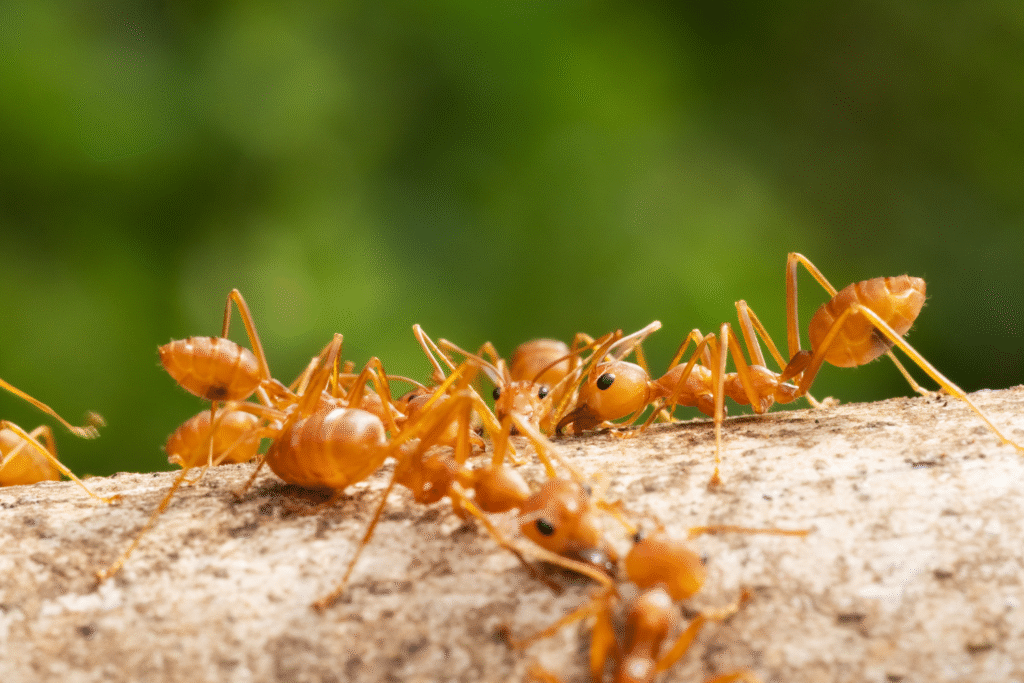
These aggressive invaders don’t just bite—they inject venom multiple times in seconds. For people allergic to their sting, even a few bites can trigger anaphylaxis. Fire ants build colonies in lawns, planters, and compost piles, often unnoticed until someone steps too close.
Their mounds expand rapidly after rain, forcing colonies upward toward the surface. Once disturbed, they swarm with military precision. Pets, especially curious dogs, often suffer first, learning the hard way that curiosity near a fire ant mound never ends well.
5. Wasps turn territorial by late summer heat.
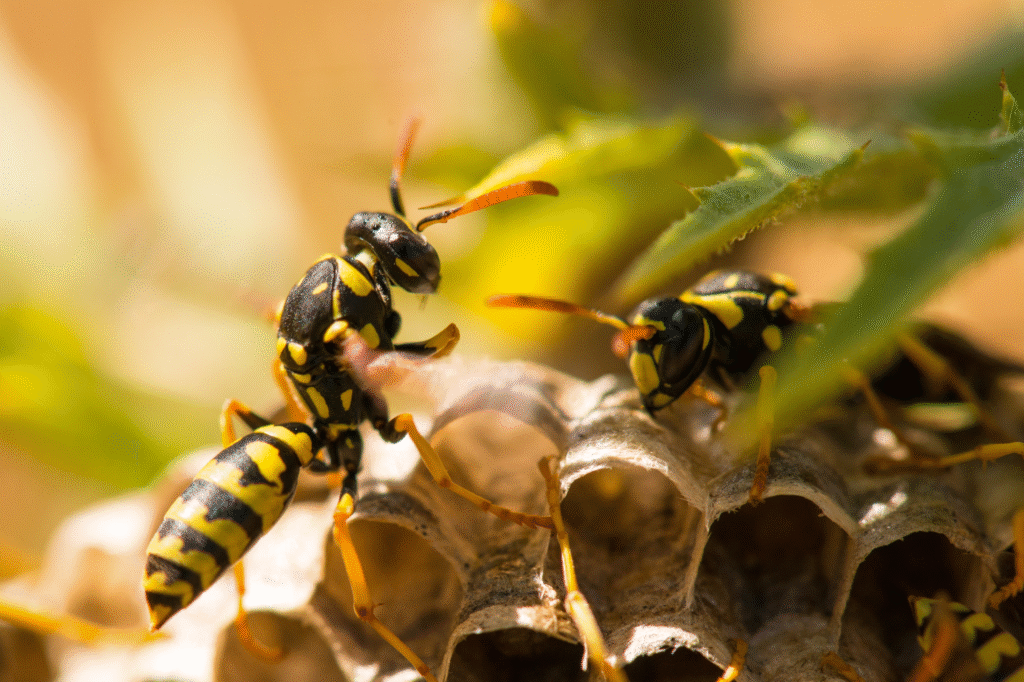
Unlike bees, wasps don’t die after stinging, meaning one insect can sting repeatedly. Their aggression peaks when food sources run low and colonies defend their nests more fiercely. Hidden paper nests under eaves or outdoor furniture often surprise gardeners and children alike.
What starts as a single buzz can escalate quickly. Once alarm pheromones spread, others join in. Their venom causes intense pain, swelling, and for some, allergic shock. Late summer barbecues become risk zones without anyone realizing it until too late.
6. Fleas are still vectors for more than just itching.

Modern pest control makes fleas feel like a relic, but outbreaks still happen, especially in warm, humid climates. Beyond irritation, fleas can carry tapeworms, typhus, and even the bacteria responsible for plague in rare cases. They multiply fast, laying up to fifty eggs a day in carpets or pet bedding.
Once established, they’re stubborn. Fleas can remain dormant for months waiting for vibrations or body heat to wake them. Their resilience is evolutionary perfection—and a constant headache for any pet owner trying to keep control.
7. Rodents bring disease and destruction in equal measure.
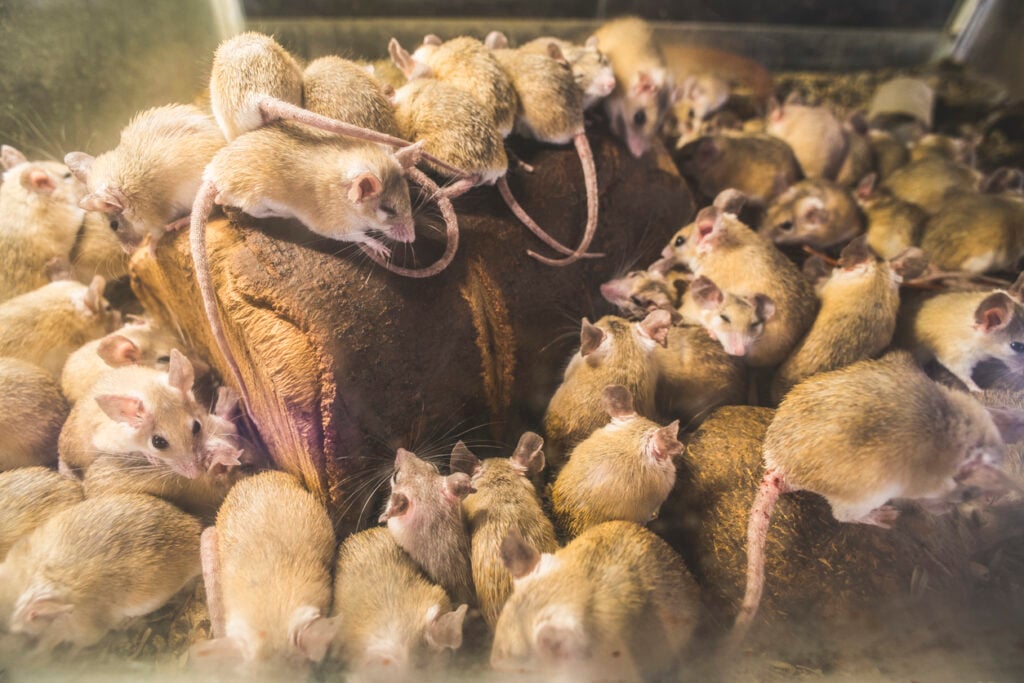
Mice and rats rarely announce themselves until the damage is done. They gnaw wires, contaminate food, and spread leptospirosis or hantavirus through droppings. Their agility lets them slip into homes through openings smaller than a coin.
Eliminating them isn’t just about traps; it’s about sealing, sanitizing, and vigilance. Rodents breed year-round in sheltered yards and crawl spaces, meaning one sighting is rarely the only one. A tidy lawn won’t stop them—warm shelter and easy food will always be stronger incentives.
8. Termites silently undermine the stability of homes.

While they don’t harm humans directly, termites cause billions in property damage each year. They feed on cellulose, slowly hollowing beams and flooring until collapse becomes a real risk. Homeowners usually discover them only when it’s far too late.
Colonies can live underground for decades, undetected. Moist soil, mulch beds, and untreated wood create ideal entry points. What feels like a household inconvenience is actually a slow structural unraveling—driven by one of nature’s most efficient decomposers.
9. Black widow spiders carry neurotoxic venom that endures.

Recognizable by their red hourglass mark, black widows are shy but potent. Their venom acts on the nervous system, causing muscle spasms, nausea, and in severe cases, respiratory failure. They prefer quiet corners: sheds, woodpiles, or garden tools left outdoors.
Most bites occur during cleanup or storage rearrangement. The pain can escalate hours later, long after the spider has retreated. For pets and small children, even mild envenomation can be serious. In the U.S., they remain one of the few venomous spiders whose danger hasn’t been exaggerated.
10. Snails and slugs now spread parasites in humid regions.
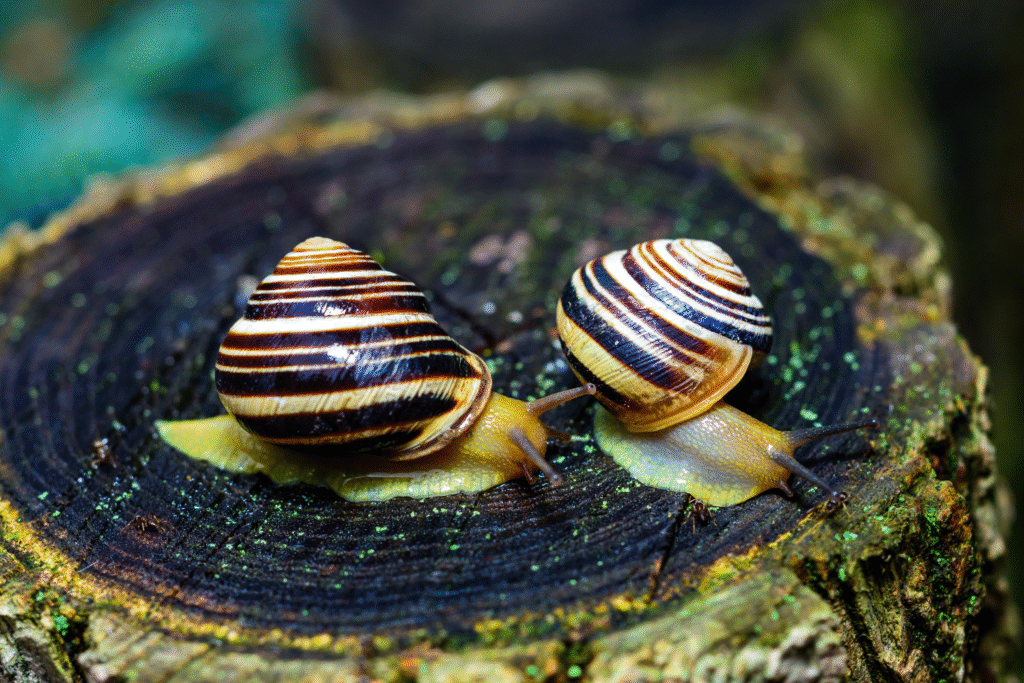
These seemingly harmless garden grazers can transmit rat lungworm, a parasite that infects the brain, through contaminated produce or contact. Warming climates have expanded their range, particularly across southern states where humidity favors survival.
Most cases come from accidental ingestion of larvae on unwashed vegetables. Pets are also at risk when they eat snails during play. It’s a quiet reminder that even the slowest backyard creatures can carry serious consequences when environmental balance shifts.
In the end, backyards are living laboratories—tiny mirrors of global change. Every rustle, buzz, or bite tells a story about adaptation, encroachment, and survival. The danger isn’t in nature itself, but in how close we’ve invited it to live.
